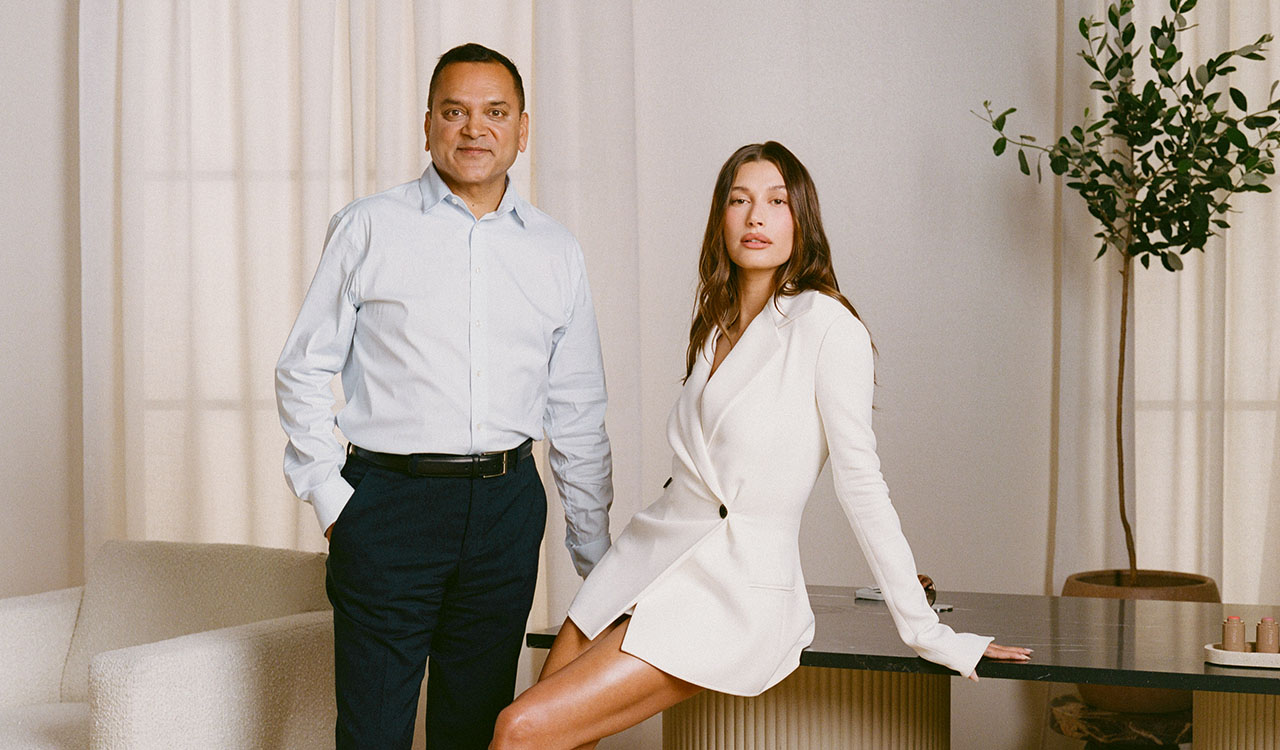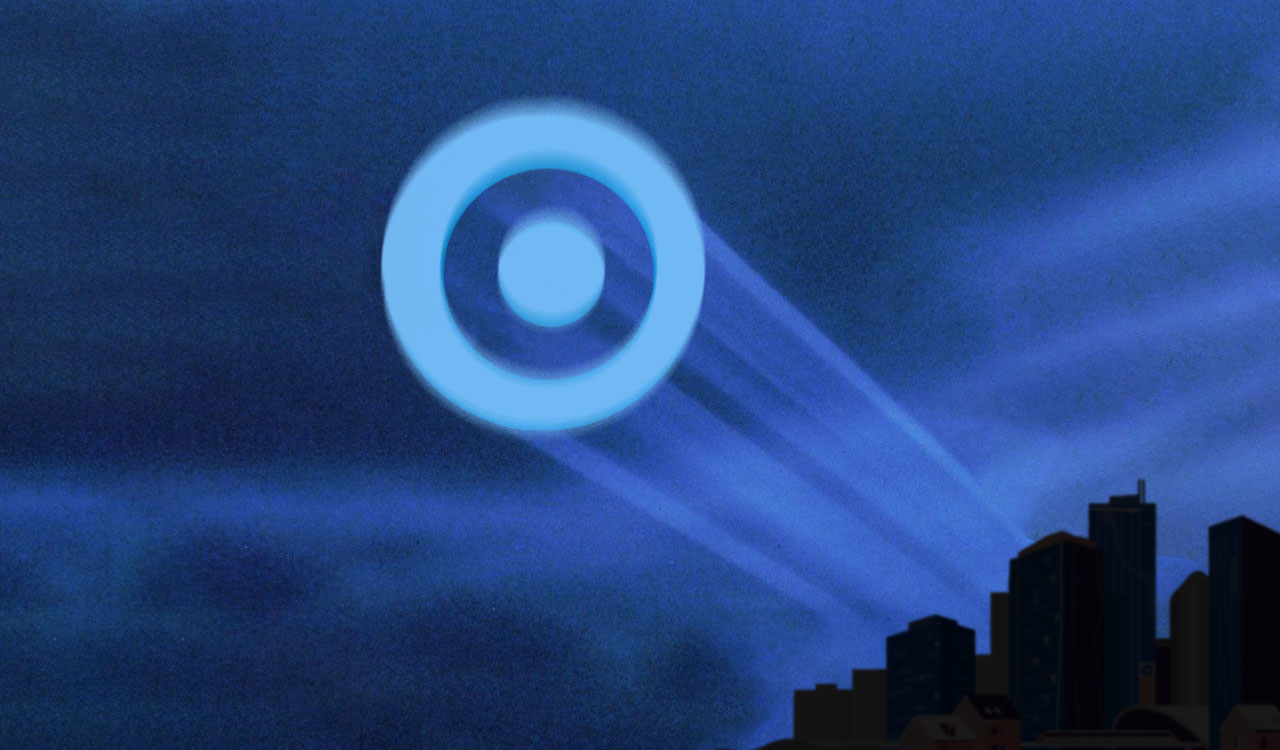The rap against RH was that it was a one-trick pony, with just a single design look that wouldn’t allow it to grow beyond a limited base.
With the introduction of its new RH Contemporary program this month – which may become its single largest collection ever – you can’t say that anymore. RH Contemporary is the long-awaited addition to the upscale home furnishing retailer’s assortment, a massive collection that consumes 320 pages of a virtual catalog that will is now joined by a print version that just dropped. Gary Friedman, the impresario CEO of the company, told analysts on its most recent call earlier this month that Contemporary is slated to be more than a $1 billion business once it gets fully up and running, surpassing the existing Modern business, and accounting for a significant share of its overall business, now about $3.8 billion.
Contemporary will be more than a $1 billion business for the retailer and even if some of that cannibalizes existing Modern and core business, at least half of it should be incremental revenue. That would give RH a serious boost over its current top line and position it for double-digit growth outside of organic sales.
How much does he believe in Contemporary? “It’s the best thing we’ve ever done,” said Friedman, no shy wallflower when it comes to accolades for the company’s achievements. He also isn’t afraid to talk about its missteps with the same degree of candor, it should be added.
Restoring RH
By this point, we all know the RH story. Founded in 1979 as Restoration Hardware, a quirky mix of home improvement and hardware products with a touch of furniture, some assorted gadgets, and various merchandising non-sequiturs, the retailer plodded along, opening more than 100 stores, many in mall locations and generally losing money.
Bordering on bankruptcy, founder Stephen Gordon (and more likely his board and investors) brought in Gary Friedman, an ex-Williams Sonoma executive who was passed over for the president’s job there and had a chip on his shoulder and something to prove.
With Gordon moving on not too long afterward Friedman began to remake the company in his image, signaling with the opening of its first new-format store in Manhattan’s Flatiron district in 2009 that this was not your Baby Boomer’s Restoration Hardware anymore. The fact that the opening coincided with the stock market and housing crash of the period did not deter him. “If we’re going to go down, we’re going to do it with style,” he told this reporter at the store’s opening night party.
The retailer did not go down and in fact, after changing its name to RH, Friedman doubled down on his strategy, culminating in the wave of large-scale Gallery stores he began opening a few years later, coupled with massive catalog Source Books that offered a new definition for the company. Sales adding multiple zeroes to its top line, impressive profits on its bottom, and a stock price that teetered around 740 a share not all that long ago confirmed RH’s place both in consumers’ and investors’ wallets.
More recently the company has seen its stock come back down to earth — below $300 a share this month – and Friedman told investors on the most recent analysts call about his concerns about the overall home business, supply chain issues, and the cosmic consciousness of its consumer customer.
Contemporarily Speaking
RH has made a number of moves to expand its business beyond its signature style, most notably getting into the restaurant hospitality sector. All its new stores over the past few years have included restaurants and they account for a significant share of individual store revenue.
It bought Waterworks, a free-standing kitchen, and bath fixtures and furnishings chain, a few years back and has added additional merchandising classifications like original art and handmade rugs. There was also the introduction of RH Modern a few years back, a minimalist look in furniture and home décor that now accounts for about $1 billion in annual revenue, according to Friedman.
But none of them have the potential of Contemporary. The collection includes hundreds of pieces of furniture – indoor and outdoor – as well as decorative accessories, lighting, and floor coverings. Prices are generally a third higher than a corresponding product from the core RH assortment – sofas start in the $9,000 to $10,000 range; a travertine coffee table is priced at $4,800 and a proprietary mattress set called the Freshbed Sleep System seems to top out the line at close to $44,000. Clearly, the retailer has upped its game with Contemporary.
The collection is now live online, and we’ll start seeing it in stores later this month when it debuts at the company’s Manhattan Gallery in the Meatpacking District. It will then be rolled out to additional high-profile locations later this year before eventually appearing across its 70+ locations around the country. Its first international store, in a 17th-century castle estate an hour outside of London, is still on tap to open later this year.
Once it’s fully deployed in the stores, Contemporary is poised to occupy as much as a third of the space in both galleries and older-format smaller locations, Friedman said, being featured prominently at the entrances. That could be as much as 25,000 square feet in those larger units, making Contemporary a significant presence in stores.
That’s why Friedman says Contemporary will be more than a $1 billion business for the retailer and even if some of that cannibalizes existing Modern and core business one would think at least half of it should be incremental revenue. That would give RH a serious boost over its current top line and position it for double-digit growth outside of organic sales.
The Year of The New
On his call with analysts – which it should be noted run substantially longer than typical such affairs and are both usually quite candid and often amusing – Friedman outlined his “Year of the New” with a number of initiatives from the European expansions to private jets and yachts and a major upgrading of its web presence. Longer range, there are more hotels – “Guest Houses” in RHspeak – branded residential properties and a continued push to take the company far beyond its home furnishings roots.
But for right now, Contemporary is poised to be the biggest gamechanger. “It’s the most dramatic evolution of our brand toward where we want to go,” he told analysts. “RH is going to look entirely different by the third quarter. It’s almost a new company within the company.”




